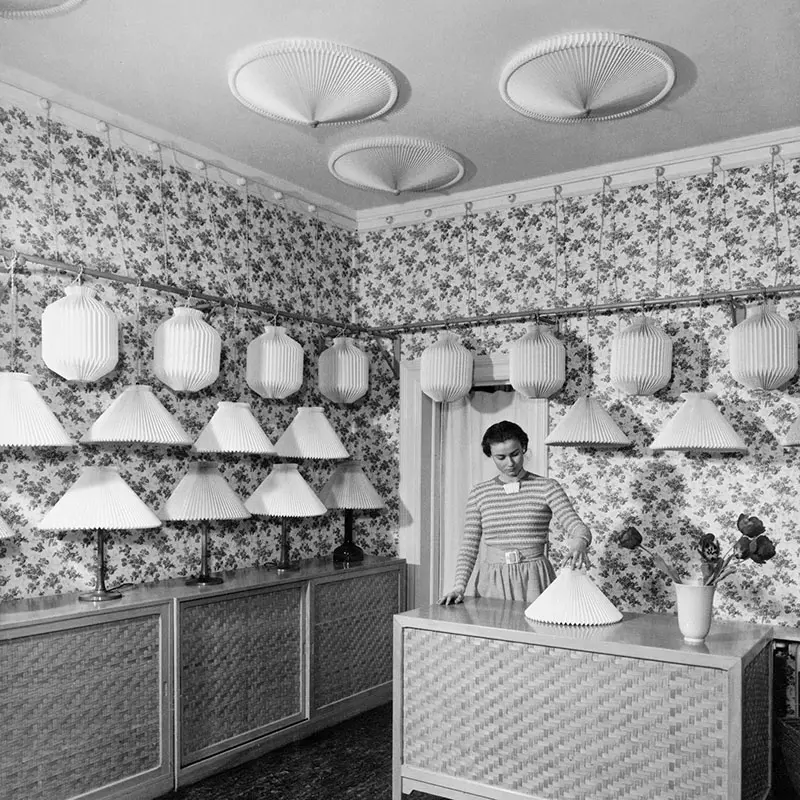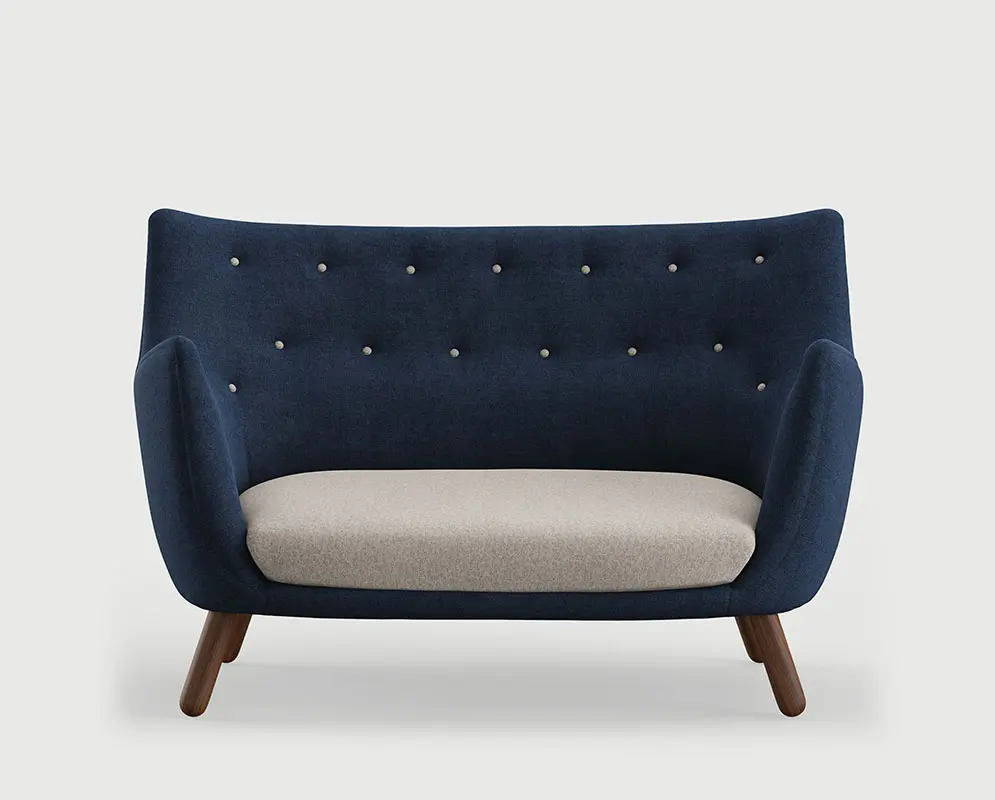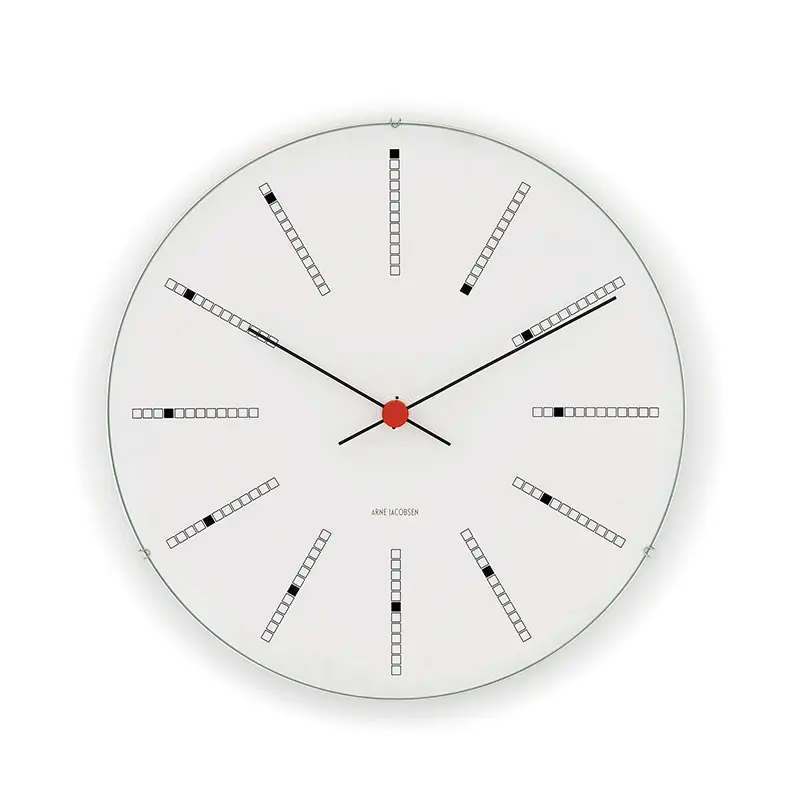The Nordic House Style (Intro, Design, Iconic Furniture)

Nordic House Style (Simplicity and Functionality)
Welcome to Nordic style and heritage, where you can enjoy the smell of wood, nature's colors, and the beauty of handmade crafts.
Introduction
The Nordic house style has recently gained popularity. This minimalist and functional design aesthetic originated in the Nordic countries of Denmark, Finland, Iceland, Norway, and Sweden. Its simplicity, functionality, and use of natural materials characterize it. This article will explore the critical elements of the Nordic house style and how you can incorporate it into your home.
Historical Background
- Origins and Development: The roots of the Nordic House Style can be traced back to the early 20th century. Influenced by the harsh climates and rugged landscapes, Nordic architecture evolved to prioritize efficiency and durability. The design reflects a deep understanding and adaptation to local environmental conditions.
- Cultural Influences: Nordic and Scandinavian culture, which values simplicity, community, and connection to nature, has significantly molded the Nordic style. This ethos is evident in the design's emphasis on light, communal spaces, and harmony with the natural world.

Key Design Principles
1- Simplicity and Minimalism
At the heart of Nordic design lies a commitment to minimalism, which is evident in the clean lines, open spaces, and preference for functionality over ornamental elements. The design philosophy is "less is more," where every item has a purpose, and nothing is superfluous.
2- Functionality
Functionality is paramount in Nordic and Scandinavian design. This principle involves practicality in the layout and ease of maintenance and living. The architecture often features multipurpose spaces and built-in storage solutions to maximize utility and efficiency.
3- Connection with Nature
Nordic design is renowned for integrating nature into living spaces. Large windows that let in ample natural light, using natural materials like wood and stone, and indoor plants are common features. These elements bring a piece of the outdoors inside, promoting a tranquil and refreshing atmosphere.
4- Neutral Color Palette
The color scheme in Nordic design typically involves a neutral palette. Whites, grays, and other earth tones dominate, creating a calming and inviting space. These colors also enhance the sense of light and space within the home.
5- Coziness and Hygge
While the Nordic house style is known for its simplicity, it also embraces coziness and the concept of hygge. Hygge is a Danish word that roughly translates to coziness and contentment. To achieve this in your home, add soft textures such as blankets and rugs and incorporate warm lighting. This will create a cozy and inviting atmosphere, perfect for relaxing and spending time with loved ones.
6- Silent Style
In a Nordic home, you can escape the noise and stress of the outside world, allowing your mind and soul to relax. This home blends modern and classic design to create a harmonious and peaceful atmosphere.

Blackout Roller Shades for the Bedroom
Architectural Features
-
Use of Light and Space:
- Maximizing natural and artificial light is a signature element of Nordic architecture. It creates an illusion of larger, more open spaces, crucial in regions with limited daylight hours during certain seasons.

Le Klint's Folded Lamps.
-
Materials and Texture:
- Nordic design often incorporates a blend of different textures and materials. Wood, a sustainable and warm material, is predominantly used with stone, glass, and metals to add a modern touch.
-
Sustainable Practices:
- Sustainability is a growing focus in Nordic architecture. This includes using eco-friendly materials, energy-efficient designs, and a general ethos of living harmoniously with the environment.

Modern Influence and Adaptations
-
Global Impact:
- The principles of Nordic design have transcended borders, influencing modern architecture and interior design globally. Its emphasis on minimalism, functionality, and sustainability resonates with contemporary design trends.
-
Contemporary Adaptations:
- Today, architects and designers worldwide draw inspiration from the Nordic style, adapting its principles to local contexts and modern needs. This adaptation has led to diverse interpretations that still hold to the core values of simplicity and functionality.

The Greatest Nordic Furniture Icons from the Past 100 Years
Here, I will showcase some of my favorite choices:
Poet Sofa (1941)
Designed by Finn Juhl and produced by "One Collection". This is one of the best sofa designs I personally would love to have in my home.

Drop Chair (1958)
Designed by Arne Jacobsen and produced by "Fritz Hansen".

Artichoke Lamp (1958)
Designed by Poul Henningsen and produced by Louis Poulsen.

Egg Chair (1958)
Designed by Arne Jacobsen and produced by Fritz Hansen.

Pitcher (1956)
Designed by Henning Koppel and produced by "Georg Jensen".

Bookcase System (1928)
Designed by Mogens Koch and produced by "Carl Hansen & Son".
Mogens Koch designed the modular shelving system for FDB Møbler in 1944. They quickly became symbols of Nordic design and are now seen worldwide.
This simple and smart design represents Danish functionalism at its best. A few basic elements allow for many combinations. The modules can be placed horizontally or vertically, free-standing or suspended, in columns or rows, alone or in groups, and used in kitchens, living rooms, bedrooms, or offices.

Heart Cone Chair (1959)
Designed by Verner Panton and produced by "Vitra".

Bankers Clock (1971)
Designed by Arne Jacobsen and produced by Rosendahl.

Many other iconic designs are part of the Nordic Living Style, and incorporating them into your Scandinavian home can enhance its aesthetics and add uniqueness.
The Iceberg: An Iconic Nordic Design
One of Denmark's most famous and unique structures is "The Iceberg" in Aarhus which won a major international housing award in France in 2013. This remarkable building, designed by Danish firms CEBRA and JDS Architects, Dutch firm "Search and French architect Louis Paillard", resembles a crystal-clear mountain emerging from the bay. With its white terrazzo facades and marine-blue balconies, The Iceberg represents the future of design.

FAQ:
What is the Difference Between Scandinavian and Nordic Design?
Scandinavian design specifically comes from Norway, Sweden, and Denmark. In contrast, Nordic design encompasses the design from these countries as well as other regions included under the Nordic label, such as Finland and Iceland. It's that simple!
Conclusion
The Nordic House Style, with its elegant simplicity and practicality, continues to inspire and influence modern architecture and design. Its timeless appeal lies in its ability to create spaces that are not only aesthetically pleasing but also deeply functional and sustainable. As the world gravitates towards minimalist and eco-friendly living, the principles of Nordic design remain more relevant than ever.



















